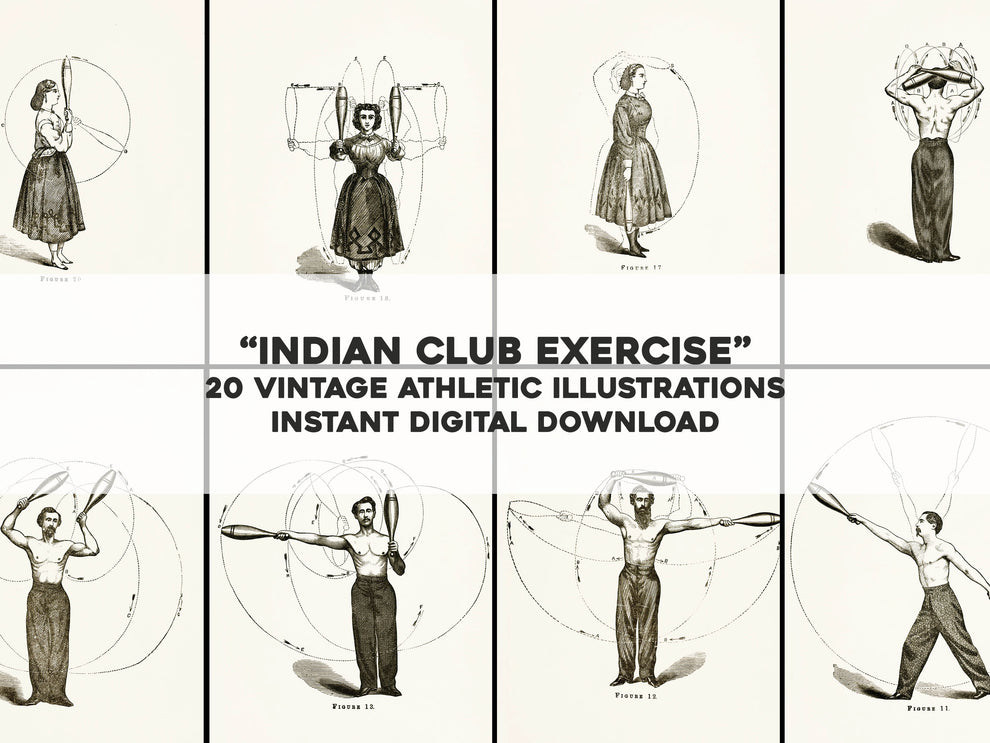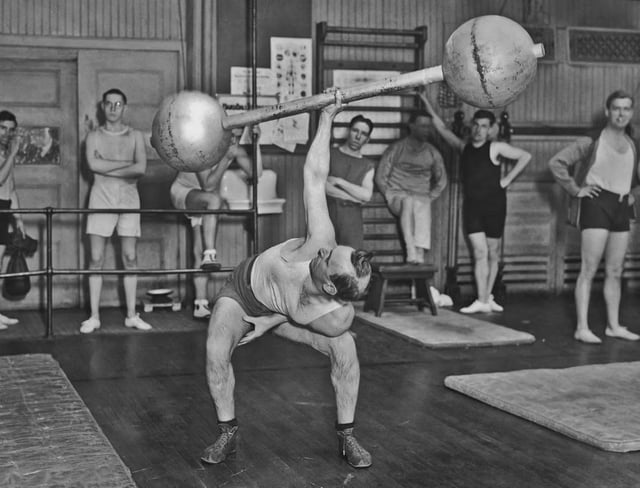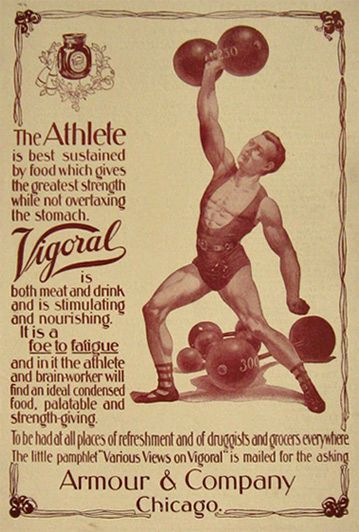Exercise
The Decades of Iron
September 23, 2025 – Frank Bills
Training Through the Ages: Series Introduction
When we mention going “old school” in the gym, we often picture barbells in dim basements, chalk-stained hands, and lifters with more determination than equipment. But here’s the interesting part: what we now call “old school” was once the latest trend.
Every period of resistance training was groundbreaking in its time. Indian clubs in the 1880s were the leading tools for improving mobility. Strongmen’s one-arm barbell feats in the early 1900s showcased what people considered “modern strength science.” Nautilus machines in the 1970s were touted as the future of exercise. CrossFit’s intense garage-box culture in the 2000s seemed risky before it became mainstream.
This blog series builds on my earlier piece, A Brief History of Resistance Training, by guiding you through these eras as lived experiences—not mere dates and names. Each post will include:
• A snapshot of the era and its views on strength.
• A period-accurate workout you can try today.
• Nutritional advice from that time (some wise, some less so).
• How older athletes—those of us 50 and over—were advised (or not) to train.
• Bonus sections on unique practices, like Indian club swinging or one-arm barbell contests.
1880s-1900s: Physical Culture Origins Historical Snapshot
The late 19th century marked the start of the first global “fitness craze.” Figures like Eugen Sandow and Bernarr Macfadden led the Physical Culture movement, which promoted exercise, healthy living, and diet changes as ways to build strong bodies and moral character. Strength was viewed as both physical and spiritual.
What we now see as “old school” was considered revolutionary back then. Victorians believed heavy sweating posed dangers, suggesting older men and women should limit themselves to walking or gardening. In this context, dumbbells, calisthenics, and Indian club drills appeared radical.
For older athletes, the advice was cautious: focus on light calisthenics and deep breathing. Still, even this was significant—it marked the first time exercise was recommended for the aging population.
Try a Period Workout
• Indian club swings — 2 × 20 each arm
• Deep knee bends (bodyweight squats) — 3 × 20
• Push-ups (hands on a chair if needed) — 3 × 15
• Standing dumbbell overhead press — 3 × 12
• Breathing drills — 3 minutes (arms overhead, full inhalations and exhalations)

Indian Club Routines:
• Forward Circles — swing clubs in smooth circles.
• Backward Circles — reverse direction.
• Figure-Eight — crossing movements across the body.
• Parallel Swings — two clubs moving together.
For Older Athletes: Then: it was celebrated as safe for seniors. Now: reintroduced as macebell/club training, which is great for shoulders and posture.
One-Arm Barbell Lifts: The Strongman’s Secret Weapon
Origins: Before Olympic lifting standardized the snatch and clean & jerk, strongmen amazed crowds with one-arm feats. Arthur Saxon’s 370-lb bent press remains legendary.
Common Lifts:
• One-Arm Snatch — lift the barbell from the floor to overhead in one motion.
• Bent Press — press the barbell overhead while bending and twisting beneath it.
• Anyhow Lift — “get it overhead however you can.”
For Older Athletes: Then: not recommended! Today: kettlebell presses, snatches, and Turkish get-ups reflect this tradition in safer, more adaptable ways.

For Older Athletes: Then: not recommended!
Period Diet Advice
“Natural foods”: whole grains, milk, fruits, and vegetables.
• Some promoted vegetarianism and fasting (Macfadden was a supporter).
• Meat was hotly debated—seen as either strengthening or morally questionable.
• Coffee and alcohol were discouraged.
Social Dynamics and Fitness Mainstreaming
Resistance training has also mirrored broader cultural shifts. Historian Natalia Mehlman Petrzela notes that early fitness culture often reinforced exclusionary ideas about race, gender, and class. By the 1980s, however, public health campaigns and the women’s movement pushed the idea that everyone should exercise. Popular figures like Richard Simmons helped democratize fitness, making it more inclusive and accessible.
Resistance Training Today
Today, resistance training is no longer limited to athletes or bodybuilders. It is embraced across the lifespan for its role in preventing chronic disease, preserving mobility, and promoting strength and longevity. Its journey from niche spectacle to everyday health practice is one of the most significant cultural shifts in American fitness history.


Read more Blogs
Looking for more? Head back to the main blog page and explore the full library of posts.
